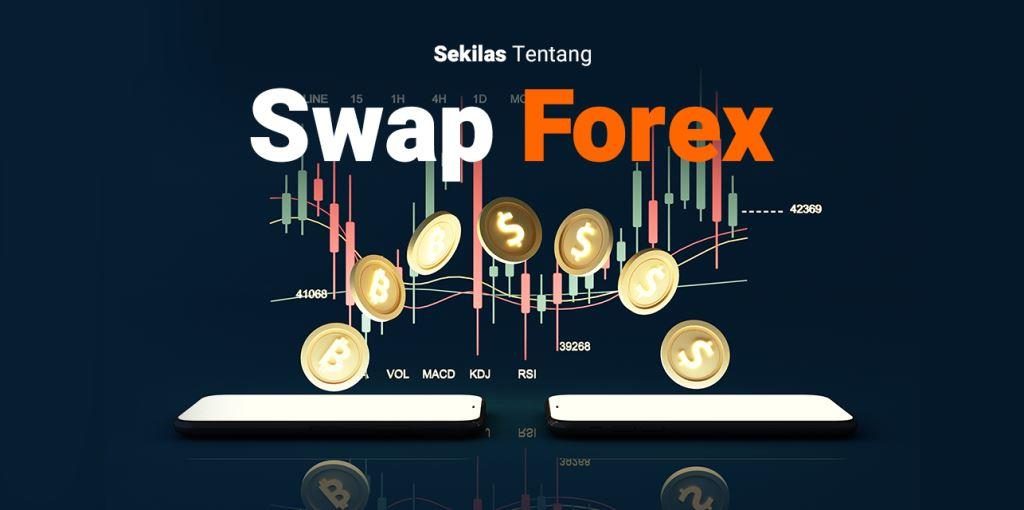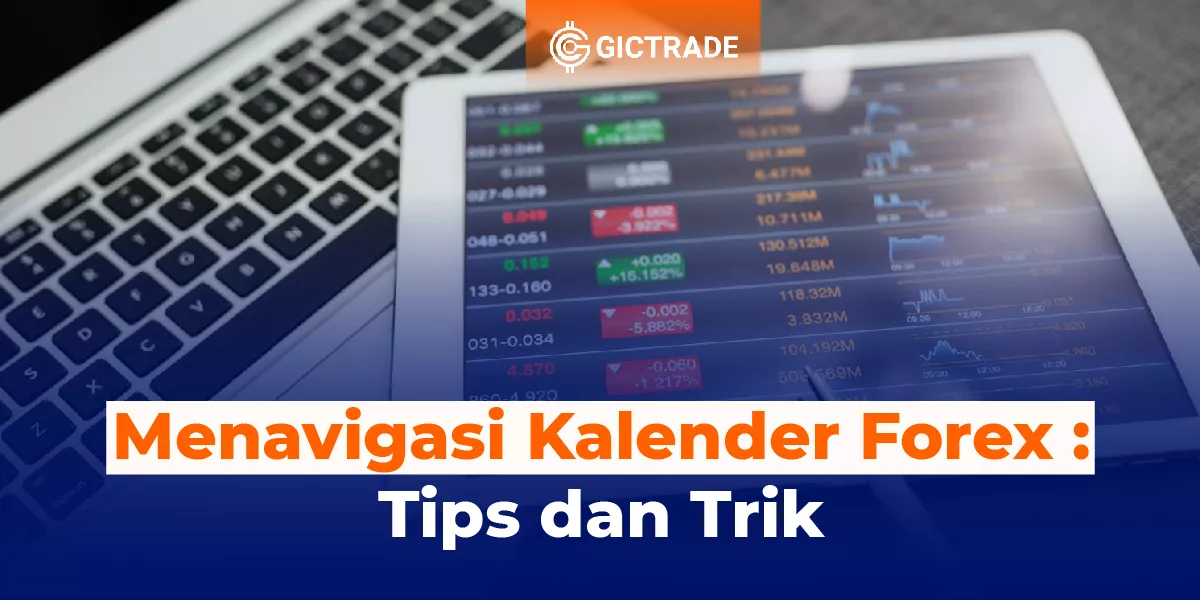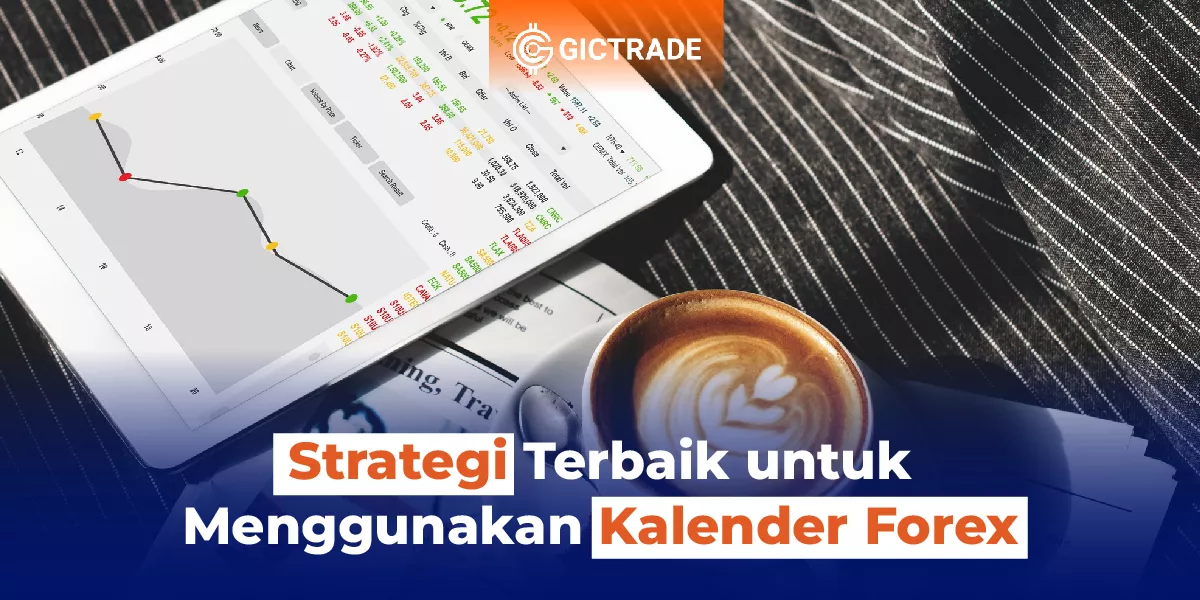The costs of trading certainly have various things that must be known. Especially for those of you who are beginners in this forex world. These fees include spread fees, swaps, and also commissions that are usually present at all brokers. However, this time we will first discuss what forex swap fees are. Forex swap is a fee that must be paid if there is an order belonging to you who stays in the market.Staying means that your order is open until it has passed the market closing limit in the United States. For more details about this forex swap, you can understand it through the article below. However, before you read the article below, it's a good idea to download application the GIC Mobile so that you can trade with free swap through the Play Store or App Store on your Smartphone.
What Are Forex Swap Fees?
Forex swap fees or commonly referred to as rollover rates are the net interest that has been accumulated by traders from currency positions that are being left open at night or commonly referred to as overnight fees. This fee will be charged to traders when they have borrowed one currency to be able to buy another, which is part of forex trading. For example, if you buy EUR/USD, then you might borrow US dollars and use that currency to buy Euros.
That way, you have to pay interest on the US Dollars that you have borrowed so that you will get interest from the Euros that you have bought. This net interest fee will be calculated based on the difference in interest rates on the two currencies that have been traded. If your forex swap calculation shows a positive value, then the trader will receive swap income.
However, if the forex swap calculation shows a negative value, then the traders will have to pay the swap fee that has been deferred. The interest rates on deposits and also loans in the same currency will usually differ. For credit interest rates in general, it will be higher than deposit fees. Therefore, the cost of swapping long and short positions of the same currency, will be different. The "storage" to be able to stay in the open position will also depend on several factors, namely:
- The difference in interest rates that exist at the moment between the two currencies to be used.
- Price fluctuations in currencies.
- Behavior in the forward market.
- Swap points on the opposing side.
- The position of the liquidity provider that exists in the market hierarchy.
- The difference in forex swaps on long and short positions.
You also need to know that this swap is enforced at 00.00 server time, with the swap time being applied every night in open positions only. This swap will be calculated in points, and the value can be positive or negative depending on the difference in interest rates in the two currencies used. For some forex pairs, there may also be a negative swap fee when taking a long or short position.
The swap will be calculated in points. MT4 and MT5 will automatically convert these points to the trader's account currency. For swap fees can be three times what is usual this is scheduled on Wednesday night which is used to account for the weekend. Each Forex pair will have its own rollover fee which will be calculated by a standard size per lot or the equivalent of 100,000 units.
What Is Swap Free Forex?
Forex swaps can also be referred to as the difference in the benchmark interest that will apply to each country with its currency traded in the forex market trade. This interest-bearing fee will only be received by traders when the transaction is open until after midnight, with the difference in the benchmark interest rate being based on the difference in interest rates currently in force for each currency. The benchmark interest rate in each country will certainly be different, this can cause each currency to have its own interest rate.
You also need to know that this interest rate will fluctuate, including when making forex transactions that occur. It depends on the situation. This swap transaction also has a purpose, namely to get certainty at the existing exchange rate. Because the exchange rate will be fixed during the existing contract so that losses incurred due to the exchange rate difference can be avoided. However, these forex swaps do not always act as interest, but can also act as a cost that can become a burden in trading if the difference is negative.
For example, let's say a trading signal is indicating a buy GBP/USD, but the current swap for that position is negative. So in such a situation, swaps can obviously be a burden with extra trading commissions, in addition to the spread fees, these traders still have to take into account the risks of these negative swaps.
Also read :
Function
Swaps on forex also have a function when you are charged to pay for the swap. The function of forex swaps is to be able to get the difference in profit between two interest rates on two different foreign currencies. You need to know, this swap also has another financial context, namely, you can also do this swap in one currency of the same kind, due to the difference in fixed interest rates or fixed interest rates and also floating interest rates. Another function is to be able to get certainty from the existing exchange rate (the exchange rate is fixed during the contract period), so that traders can avoid possible losses on the exchange rate difference. The existence of this swap also allows traders to be able to buy or sell assets one asset with another. Before continuing the discussion that we will learn together, you can also register as an IB on GICAffiliate and earn additional income in a very easy way!
Benefit
For the benefits of forex swaps that we can feel, this forex swap fee is ideal for companies that are investing abroad, because it will involve paying interest in the currency in which the company will receive income according to the foreign country. The company will also earn swaps for the required amount and may be able to reverse swaps by exchanging with other counterparties. Which other risk hedging methods may be less certain. Also, these swap fees may be cheaper when compared to other hedging methods, such as the option hedging method.
Types
There are several types of SWAP that are commonly carried out by these traders in this field of international trade. These types of swaps are:
Cross Currency Swap
This cross currency swap is a type of swap where there is a flow exchange transaction between two parties that occurs periodically with a certain period of time in two different currencies involving cash and interest. The cash that has been exchanged in the cross currency swap process has a fixed amount. This cross currency swap is also commonly known as a swap on foreign exchange.
Interest Rate Swap
Furthermore, there is an Interest Rate Swap which is a contract between two parties to be able to exchange existing cash flows from the same currency based on two different interest rates in the two selected currencies. This interest rate swap is also known as an interest rate swap.
Currency-Interest Rate Swap
There is also a Currency-Interest Rate Swap which is an exchange contract on cash flows with two different types of currencies. However, one of the selected currencies must have a fixed interest. This currency-interest rate swap is also known as currency swap and interest rate.
Credit Default Swap
And lastly, there is a credit default swap which is a credit contract between two parties where the buyer of the contract will make a payment that is made periodically to the seller. In return, the buyer will later get the right to be able to receive payments if the credit cannot run smoothly due to bankruptcy or restructuring. There are also types based on the timeframe, namely Long Swap and Short Swap. For Long Swap, it is to leave the position open by staying in a long position. And vice versa, for Short Swap, which is to leave the position open by staying short positions. After learning what types of swaps are, it's a good idea to invite your friends by joining and trading on GICTrade and get various kinds of bonuses on GICTrade!
Structure
The continued growth and success of the swap market is largely due to the creativity of its own traders. However, there is an underlying thing that is seen in the market today, namely the four basic structures that can now be considered "fundamental". The swap structure is:
- Exchange interest rates. The basic structure of this interest rate swap consists of an exchange between two opposing parties of a fixed interest rate for a floating interest rate in the same currency, which is calculated by referring to a mutually agreed national principal amount. This principal amount, usually will be equal to the underlying asset or liability "exchanged" by the counterparty, so it applies solely to the calculation of interest to be exchanged on a swap basis.
- Fixed-rate currency swaps. Fixed-rate currency, this swap consists of an exchange between two opposing parties of a fixed interest rate in one currency in exchange for a fixed interest rate in the other currency.
- Swap Currency Coupons. Currency coupon swaps are a combination of interest rate swaps as well as fixed-rate currency swaps.
- Exchange Base Rate. A rapidly growing area of the international swap market is the base swap rate.
Pricing
Swap pricing is the determination of the initial terms of the swap at the beginning of the contract. On the other hand, swap pricing is the determination of the market value over the life of the swap contract. A swap is equivalent to a series of forward contracts, each created at a swap price. If the present value of the payment in the swap or forward contract is not zero, then the party that will receive the larger stream of payments must pay the other party the current value of the difference, i.e. the net value. The swap price refers to the initial terms of the swap at the beginning of the swap's life and the value refers to the determination of the market value of the swap at any point in its lifetime.
How to Calculate
The main principle in doing swap calculations to calculate this forex pair is that you pay interest for the currency that is being sold and vice versa also by getting interest from the currency purchased. Since forex trading is always carried out in a format involving currency pairs, the calculation of the difference in swap rates is inevitable.In this case, what you should pay attention to is that when you open a buy order on a pair (e.g. AUD/USD), it means that you buy the first type of currency, namely AUD, and sell it with the second type of currency, which is USD. The same rule applies to placing a sell order, which means that you will sell the AUD and at the same time you will also buy USD. For example, in the case of the Australian central bank's interest rate at this time is 2%, and while the interest rate used as a reference belongs to the Fed with it set at a level of 1.5%.
If you open a long position on AUD/USD and will hold it until after midnight at the broker's server time, then your swap calculation is: 2% – 0.5% = 1.5%. Because it has a positive value, you are not charged, but you will actually get interest of 1.5%. On the other hand, if you open a sell order for AUD/USD by letting it stay overnight, then the swap calculation is: 1.5% – 2% = -1.5%. In other words, you will be charged a swap fee of -1.5% per lot due to the negative results, and will automatically be deducted from your trading earnings. Have you learned how to calculate swap fees? Also make sure to do a Preliminary Test on GICTrade to find out how far your talent is in trading!
Forex Swap Fee Facts for Each Pair
Setiap negara akan mempunyai besaran suku bunga yang berbeda-beda dan pastinya akan berubah sewaktu-waktu. Sehingga nantinya pasti ada yang bersuku bunga rendah maupun tinggi. Maka dari itu, biaya swap ini pun tidak bisa dipastikan berapa besarannya. Namun, kalian masih bisa menghitung besar biaya swap tersebut sesuai dengan broker yang kalian pilih pada saat melakukan trading. Nantinya, pada broker tersebut akan ditampilkan besaran biaya swap yang harus kalian bayarkan untuk pair mata uang yang kalian pilih.
Questions about Forex Swaps
Here are some frequently asked questions about swaps themselves. For those of you who are beginners and don't really understand about swaps, here is a summary of some frequently asked questions, namely:
What is Forex Overnight Fee?
The overnight fee is the same as the swap fee. As explained earlier, forex swap fees or commonly referred to as rollover rates are the net interest yield that has been accumulated by traders from currency positions that are being left open at night or commonly referred to as overnight fees.
What is a Token Swap?
A token swap is a transfer of digital tokens from one blockchain to another. This is especially true if the project uses a blockchain to raise funds, such as the Ethereum network, which then transfers tokens to their own blockchain after the project's mainnet has been launched. The most recent example is the case of EOS and Tron.
When are swap fees paid?
The right time to make a forex swap payment from your trading account will depend on the broker you are currently using. When viewed by most brokers, their forex swap payments will be debited at around midnight. Sometimes you also have to pay this forex swap fee on weekends. In some types of financial markets, this weekend's forex swap fee will be paid on Friday evening, but for other types of markets such as the stock market, the swap fee will be paid on Wednesday. To be able to confirm when your broker will withdraw the forex swap fee from your trading account, then it's a good idea for you to read the Contract Specifications or you can ask directly to the broker you use through customer service. Generally, this forex swap withdrawal will take place from 11:00 pm to midnight, Paris time. For those of you who trade on GICTrade, later you will be exempt from swap fees without having to bother knowing when this swap fee will be paid. If you are satisfied with GICTrade, then you can fill out the following internal survey to give a review about user satisfaction with Us!
What is a Forex Rollover Fee?
Rollover is interest that must be paid or has been earned to be able to hold a spot position in the chosen currency overnight. Each of these currencies will have an overnight interest rate between the banks that have been linked to that currency, and since forex must be transacted in pairs, each transaction will not only involve two different currencies but also two different interest rates. Rollover will refer more to the interest rate that will be charged or will be applied to the trader's account for positions held "overnight", which is after forex trading hours, 5pm ET. After knowing what forex swaps are, along with all the questions that you may ask when you want to trade this, you also still have to make sure of the swap fees themselves at each broker that you will use as a means of trading.Also make sure you choose a trusted broker so that there is nothing bad with your funds. This is a summary from GICTrade which has explained a little about "Forex Swap: Definition, Types to How to Calculate". Kulik also summarizes other things about cryptocurrencies, stocks, and other trading topics, such as Chart Patterns which can be read on the GIC Journal. Also join GICTrade's Telegram to get news about the latest forex analysis. You can also fill out the Trader Assessment survey for traders who want to consult through GIC.
 Last:
Last: 







